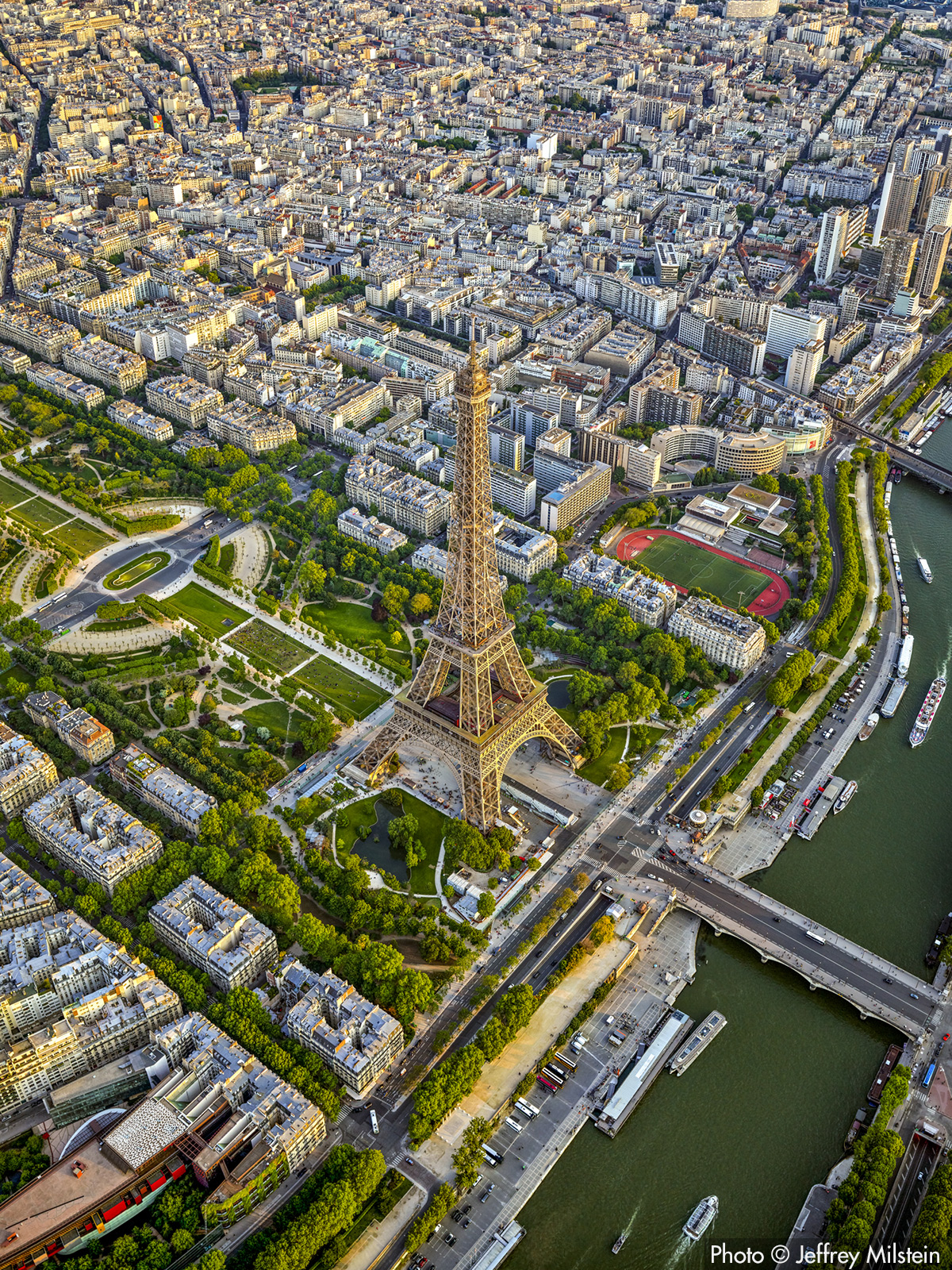Dianchi Daily Insights
Stay updated with the latest news and trends in technology and lifestyle.
Sky High Snapshots: Elevate Your Perspective with Aerial Photography
Discover breathtaking aerial photography tips that will elevate your perspective and transform your snapshots into stunning visual stories!
10 Tips for Capturing Stunning Aerial Photography
Aerial photography offers a unique perspective that can elevate your photography skills and creative expression. To capture stunning aerial images, you need to pay attention to your composition. Start by scouting your location in advance, identifying interesting landscapes, architecture, or events that might provide a compelling backdrop. Don't underestimate the power of the golden hour—shooting during the early morning or late afternoon can provide beautiful, soft lighting that enhances your photographs. Experimenting with angles and framing will also set your aerial photos apart, so be sure to try different heights and viewpoints.
Proper equipment is essential for capturing breathtaking aerial shots. If you're using a drone, familiarize yourself with its features, settings, and camera capabilities. Investing in a high-quality drone with a good camera can make a significant difference in your final output. Additionally, mastering post-processing techniques in software like Adobe Lightroom or Photoshop can take your aerial images to the next level. Remember, the key to capturing stunning aerial photography lies in **patience and practice**—don't hesitate to take multiple shots and continually refine your technique.

The Evolution of Aerial Photography: From Airships to Drones
The journey of aerial photography has witnessed remarkable advancements, transforming the way we capture and understand our world. Initially, the era of aerial photography commenced in the mid-19th century with airships and hot air balloons, which allowed photographers to ascend to unprecedented heights. One of the first successful aerial photographs was taken by Gaspard-Félix Tournachon, also known as Nadar, in 1858, demonstrating the potential of viewing landscapes from above. This innovative approach opened new avenues for cartography, warfare, and science, establishing a foundation that would evolve exponentially over the decades.
Fast forward to the 21st century, the advent of drones has further revolutionized aerial photography. With the integration of advanced technologies like GPS, stabilization systems, and high-resolution cameras, drones have democratized aerial imagery, making it accessible to enthusiasts and professionals alike. The ability to capture stunning, breathtaking shots from unique perspectives has transformed industries such as real estate, agriculture, and environmental monitoring. Today, aerial photography continues to grow, fueled by advancements in drone technology and innovative photographic techniques, ensuring that the evolution from airships to drones remains dynamic and ever-expanding.
How Aerial Photography Can Transform Your Perspective on Landscapes
Aerial photography offers a breathtaking perspective that can completely transform how we perceive landscapes. By capturing imagery from above, this technique reveals intricate patterns and details that are often missed from ground level. Whether it's the sweeping curves of a coastline, the geometric layout of urban buildings, or the lush expanses of a forest, aerial photographs showcase the natural beauty of the world in a unique way. For many, seeing the earth from this vantage point ignites a sense of wonder and appreciation for the environment, making it an invaluable tool in landscape photography.
Moreover, aerial photography is not just limited to picturesque scenes; it can also serve practical purposes. For instance, it is widely used in industries like agriculture, real estate, and environmental monitoring. Farmers can assess crop health over large fields, realtors can showcase properties with stunning overhead views, and scientists can examine changes in landscapes caused by erosion or deforestation. In essence, aerial photography transforms our understanding of landscapes, allowing us to appreciate their beauty while also equipping us with the knowledge to manage and preserve them effectively.